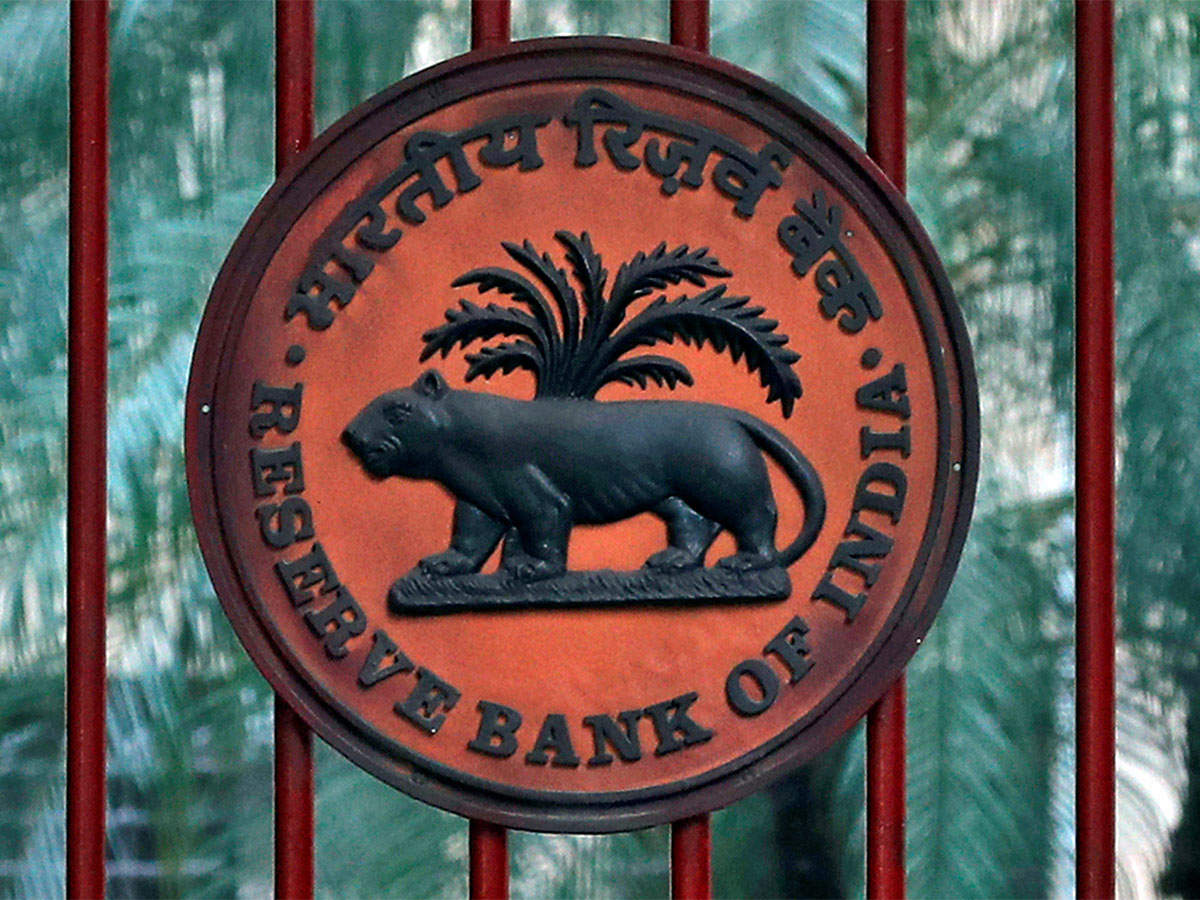INSUBCONTINENT EXCLUSIVE:
MUMBAI: The Reserve Bank of India (RBI) was back to building up its dollar reserves in the first two weeks of November, after almost seven
months of continuously depleting them, as the need to defend the local currency receded and foreign portfolio investments trickled in.
The
central bank may have bought $500 million in the first week of November, according an estimate by Standard Chartered Bank, and it may
For most of this year, the RBI was said to be selling dollars heavily in both the spot and forward markets as the rupee declined to a record
low of Rs 74.48 against the dollar on October 11.
“RBI is estimated to have turned net buyers of dollars in the first week of November
amid lower oil prices, revival of FPI flow and a strengthening rupee,” said Anubhuti Sahay, a senior economist at Standard Chartered Bank
“Sustenance of such a trend, however, would crucially depend on oil prices staying low and continuance of inflows.”
Standard Chartered
Bank estimates that spot intervention once again likely dominated its aggregate actions.
The rupee recovered in November, likely after India
received a waiver from US sanctions for importing oil from Iran, and ranks among the top three best-performing emerging market
currencies.
On Thursday, the local currency gained more than 1% to close at 70.70 to the dollar, an almost three-month high
Slumping crude oil prices have lifted global investor confidence in India, a major oil-importing country, and it is a key positive for the
fiscal condition.
“RBI has reduced its forex reserves fighting against a sliding rupee,” said Anindya Banerjee, a currency analyst at
“It is a prudent central bank move if the same is recouped when the rupee is gaining
RBI may continue to buy dollars as long as the local unit shows signs of strengthening
The move also helps to infuse liquidity into the banking system that has been running in deficit for quite a few weeks.”
The price of
crude oil climbed to $85.55 in early October and dropped to less than $63 this week.
Overseas investors resumed purchases of domestic assets
on expectations the drastic fall in crude prices will boost corporate profits and reduce concerns over a runaway current account deficit, or
the excess of overseas expenditure over revenue.
“The recent strength in the rupee does open up spot intervention tool as one more option
to infuse rupee liquidity in the banking system, in addition to the OMO (open market operations) purchases that they have been doing,”
said B Prasanna, group executive and head of markets at ICICI Bank.
Open market operation are a way of adjusting liquidity in the banking
If the RBI continues to buy dollars, it will infuse rupees into the system, a move that helps to increase the supply of the local
currency.
The central bank sold close to a net $19 billion from April to September
In addition, it is said to have sold heavily in the spot market in October
The central bank has sold an almost equal amount in the forward markets as well.
“Following the six-month waiver received by India from
the US government on the Iran sanctions (which were supposed to set in from November 4, 2018) it has been observed that there has been a
reversal in the depreciation of the rupee,” said a report by Care Ratings.

